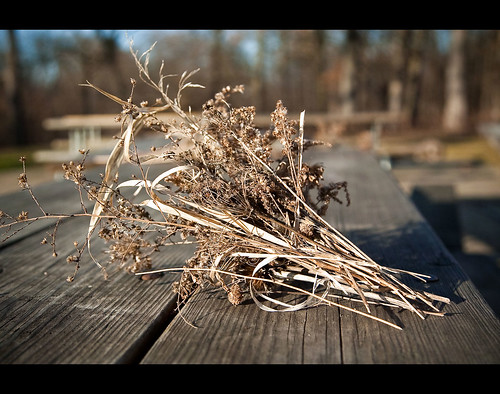
The tradition was first believed to have been established in the city of Pécs in Hungary, where students hung padlocks of all shapes and sized onto various fences and railings. Sources later confirmed that this tradition dated farther back and was actually introduced in China, where old padlocks are still seen hanging on numerous stretches of the Great Wall of China. Now, these love padlocks are seen all throughout the world, in Germany, Ukraine, Russia, Italy, France, Japan, Korea, Spain, Sweden, The United Kingdom, the USA, and more. Each padlock is individually decorated with all sorts of heart-warming personal touches, really giving each and every hunk of metal it's own story and background. Love really is an extraordinary thing, a miracle, and these little padlocks are able to capture their own bits of it.
By Julia Dankov




